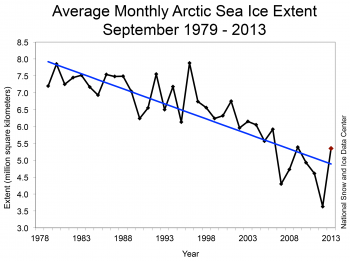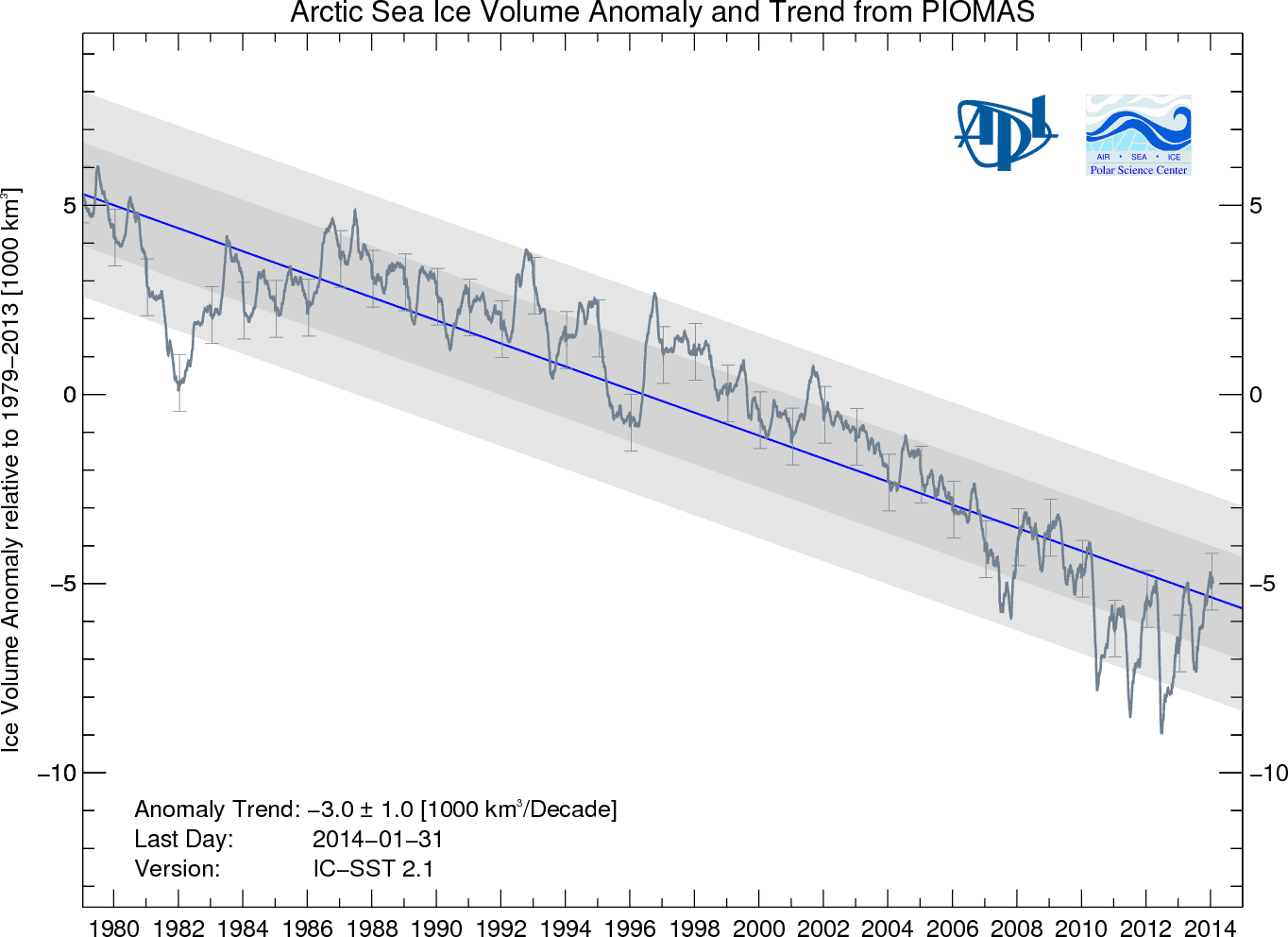- May 20, 2009
- 144,534
- 66,943
- 2,330
The anthropogenic schemers are really upset.reason to believe that this is part of the equation = why we're not warming.

Ya can't blame the sun's chill on the human race with its 28/10,000 impact on CO2 levels.
Less output of solar radiation into the climate system from a less active sun can explain the stall.
Lets imagine something for a second...
Sun 85% of what keeps us warm(We'd be close to absolute zero otherwise)
Green house = 15% of what keeps us a lot warmer
https://en.wikipedia.org/wiki/Greenhouse_effectHowever, since the Earth reflects about 30%[5][6] of the incoming sunlight, this idealized planet's effective temperature (the temperature of a blackbody that would emit the same amount of radiation) would be about −18 °C.[7][8] The surface temperature of this hypothetical planet is 33 °C below Earth's actual surface temperature of approximately 14 °C.[9]
Water vapor let's say is around 50% of that 15%. On the other hand it is very lived within the atmosphere and is driven by temperature. Co2 has it becomes a higher percentage warms the atmosphere evaporating more water vapor into the Atmosphere.
So lets say
Sun 85%
Green house forcing
10% water vapor(days to a week at most) = becomes even more of a forcing as the temperature moves up.
co2, methane, etc 5% as they stay in the atmosphere for decades.
Now lets Take that 85% and make it 82%.
So at one moment you can take the forcing on the climate system and go from
85%+the increasing variable of green house gases and you can decrease the most important piece of the climate system...Not only do you decrease energy going in but you also decrease the amount of energy reflected back towards the surface from the green house gas(slightly).
So yes it helps explain it.
85% + 15% = 100% of current energy into climate system
now is 82% + 15.5% = 97.5% of current energy
Of course this isn't exactly the numbers of the real life system but just to show on this would work.
Idiot.
The Sun can't possibly overcome the effects of modern CO2
Go read Scarfetta and West




